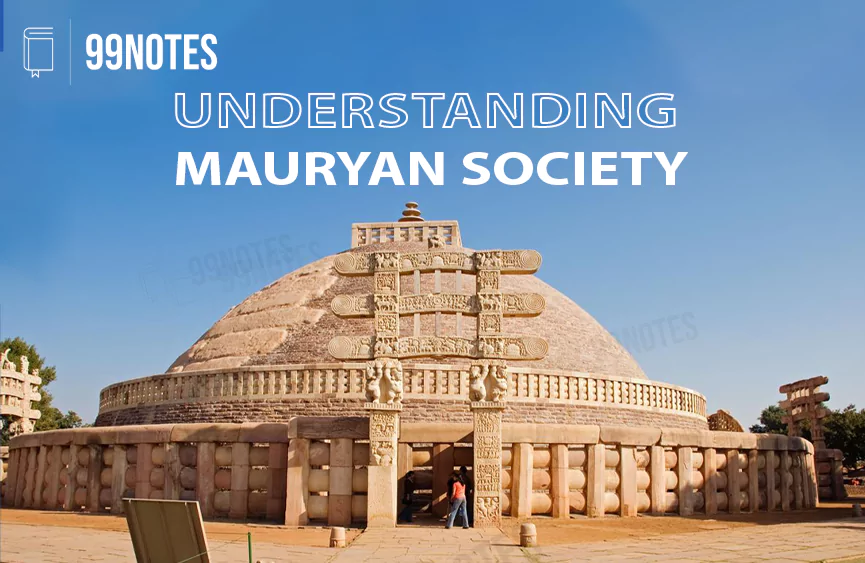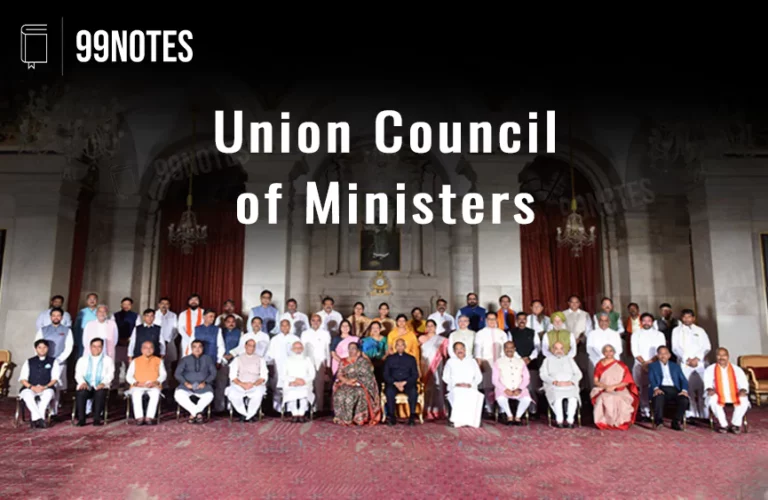Mauryan Society – UPSC Notes
Understanding Mauryan society
Mauryan Economy
- Both National and international trade was growing during the Mauryan times.
- Several Important ports developed during this time, such as Bharukachch/Bharoch and Supara on the Western coast and Tamralipti in Bengal (Eastern shore).
- Several Internal–Trade Routes developed after the unification of the Indian sub-continent under a single empire.
| Direction | Trade routes |
| South-West route | Sravasti to Pratishthana |
| South-East route | Sravasti to Rajgriha |
| East-West route | Taxila to Patliputra following river course of Ganga and Yamuna, known as Uttarpatha (modern-day Grand Trunk road) |
- The Uttarpatha, a pre-Mauryan ancient road, was further developed by the Mauryans.According to Magesthanese, Chandragupta invested heavily in constructing this road and had an army of officials to look after it. Ashoka mentioned in his edict that he had planted trees and built wells at every half ‘kos’ to facilitate travellers.
- External trade was carried out with the Greeks and Burma. Pepper was known as Yavanapriya (‘Adorned by the Greeks’), which implies that it was in huge demand.
- Metal Currency – Silver, copper, gold and lead coins facilitated the trade.
- State goods (Rajapanya) that were collected as tax were to be sold by state servants under careful observation.
Society during the Mauryan empire
- Indica wrongly identifies that society was divided into seven distinct groups (genos) – philosophers, cultivators, hunters and herders, artisans and traders, overseers (spies) and the king’s counsellors.
- More relevant sources indicate that society was based on endogamous Varnas. For example, Kautilya mentions 15 mixed castes named Antyavasayin (living at the end).
- Occupations were hereditary, and intermarriage between groups was not allowed. Chief handicrafts, such as jewellery, woodwork, metalwork, etc., were organised in guilds called Each guild was under a president named Pramukha and the elder man Jetthaka.
- The position of women was inferior to men. There was a growing practice of polygamy and, the employment of women as guards, spies etc.


![Post Mauryan Period: Shunga, Kanva Dynasties &Amp; More [Upsc Notes] | Updated March 3, 2025 Post Mauryan Period: Shunga, Kanva Dynasties & More [Upsc Notes]](https://www.99notes.in/wp-content/uploads/2023/04/post-mauryan-age-99notes-upsc-1-768x495.webp)



